It all began because of a chemical burn from a home perm. The year was 1996. Up until then, I’d considered myself quite the kitchen beautician, purchasing box perms to do my own hair since college. In those lean college times, I couldn’t afford to go to the hair dresser, I’d go to Wal-Mart, pick up a relaxer kit, go back to the dorm and proceed to slather the white, noxious, cream on the base of my hair, careful not to get any, or at least not too much on my scalp or cover the entire shaft of my hair. After college, I continued this practice, when my coins were a little short.
But the last time was different.
The last time I did a home perm, I hadn’t washed all the perm out in the back. My base and back hairline burned and itched until I was finally able to calm it down and wash out the rest of the perm and neutralizing shampoo. But the base of my scalp was pink, raw from the chemical burn. Adding insult to injury, the middle of my hair, the most thick and dense, was not all the way permed. And everyone knows that you can’t re-perm immediately. I was stuck. Back then, there were just a few that dared to go natural and it seemed so revolutionary that having your hair in its natural state seemed to be reserved for the pro black, Pan-African sisters. Until I met my natural hair fairy godmother in the form of a co-worker. At the time, I was working in corporate, a call center, but corporate nonetheless. Chatting it up with some of the girls, telling them my hair debacle and attempting to get advice on how to salvage it and my image, a woman named LaJudith overheard me. She suggested that I give my hair a break from chemicals. She was doing it for a few months, and instead of perming she was wearing braids and sometimes a quick press and curl. But she shared that her hair underneath was thick and full and she wasn’t sure that she would go back to a perm.
Could I do this? But what was the alternative? Walk around looking crazy for the next two weeks until I could perm my hair again? Naw. After a bit of contemplating, I decided to just cut my hair completely off, to just start over and see what happens. I started going to a barber and every week for the next month, he trimmed off the perm as my natural hair started to grow.
I haven’t turned back.
Back then, going natural was taboo, not just for the mainstream, but for black folks as well. The year I went natural, 1996, was a time way before naturalistas were on YouTube and Instagram talking about pre-pooing, co-washing and protective styles. I went boldly into the funky ambiguity of when your hair is too long to be in the short style and too short for a cute bun. I’ve gone through my mother’s stares and her saying, “Ooo, I wish that I could tie you down and press your hair.” I’ve even had black people wanting to touch it, and I always oblige. For some, it’s supposed to be taboo to have people touch your hair but I figure they can get some good energy and dispel any misconceptions they had about natural hair being hard, dry, brittle or unmanageable. Let them touch and see. I reveled in my Sunday ritual of washing, conditioning and detangling my hair. Even now with my locks, people ask, “How long does it take to take those down?”
We’ve still a long way to go to learn about our hair and the wonders within.
Luckily, I met some sisters that helped me along my natural hair journey, giving me advice on tools and products, and I’m forever grateful. I wouldn’t trade my early years of going natural for anything. It built a resiliency in me in a time when natural hair was not popular. Most importantly, I got to intimately know my hair: I know the areas where I gray first even after coloring; that I sweat a lot on my scalp; how fast my hair grows; what products my hair adores and what products it abhors. And now that I know my hair, I give it what it needs which includes having an excellent loctician and colorist, and being faithful to what little upkeep my hair requires, using the Taliah Waajid Stimulating Herbal Cleanser, Protective Mist Bodifier and African Healing Oyl from the Black Earth product line
Today, it’s so easy to go natural. There is support and affirmation everywhere—from other naturalistas on social media, to stars like Issa Rae, Viola Davis and Lupita Nyong’o representing natural hair on the red carpets. What was once taboo is now the taste of the town.
Sheronda Gipson is a freelance writer, content strategist and natural hair enthusiast with an MFA in Writing from Savannah College of Art and Design (SCAD). Brunch, documentaries and lazy Saturday mornings are her thing. Follow her on Instagram @sherondak
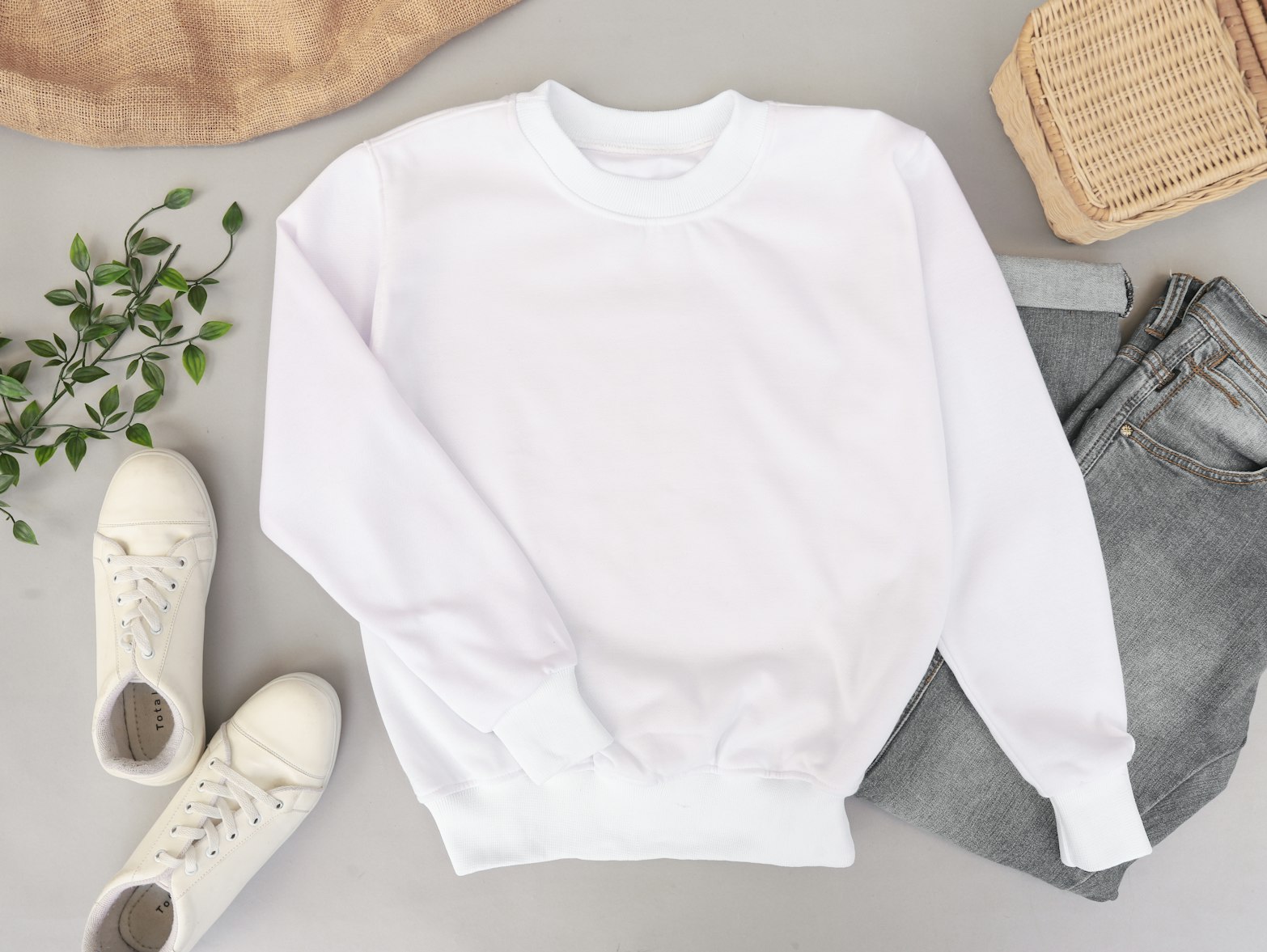
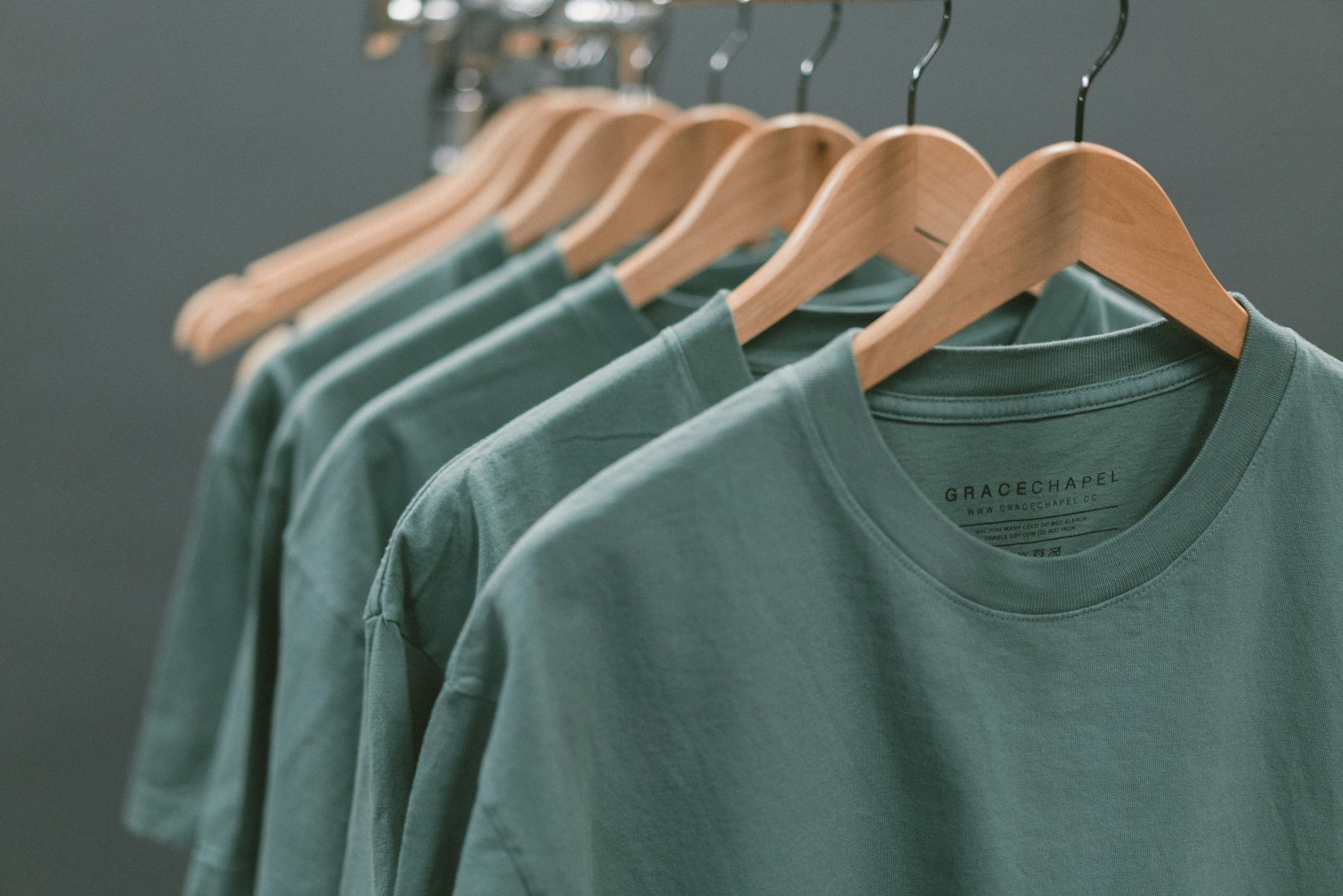
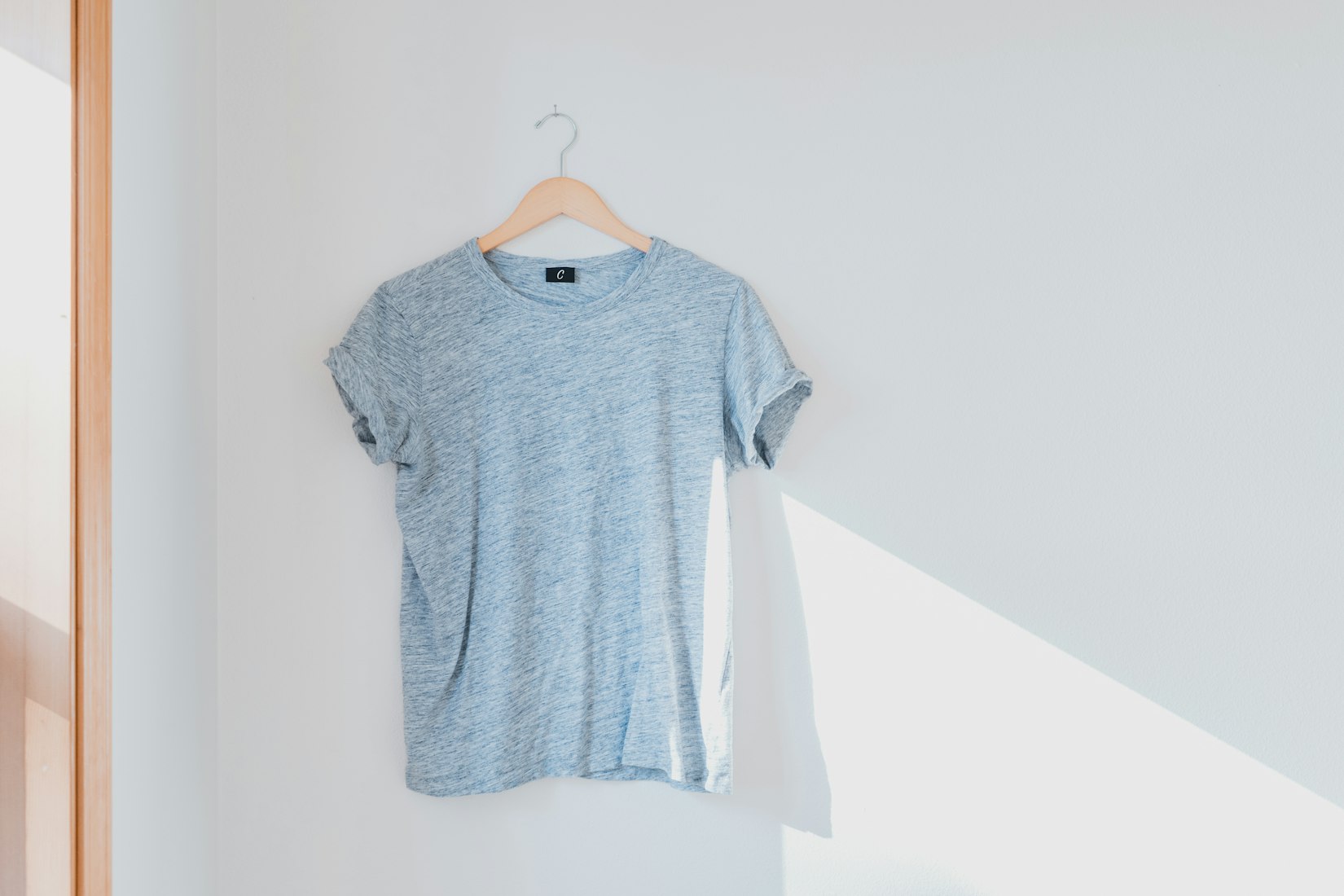
 English
English Arab
Arab
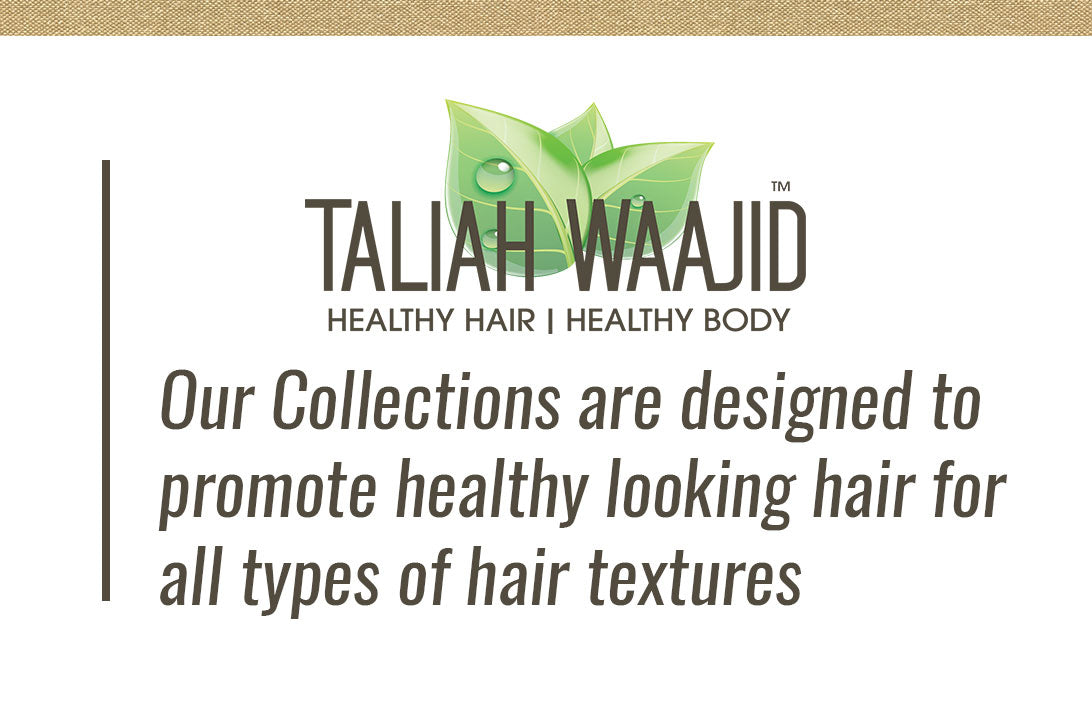
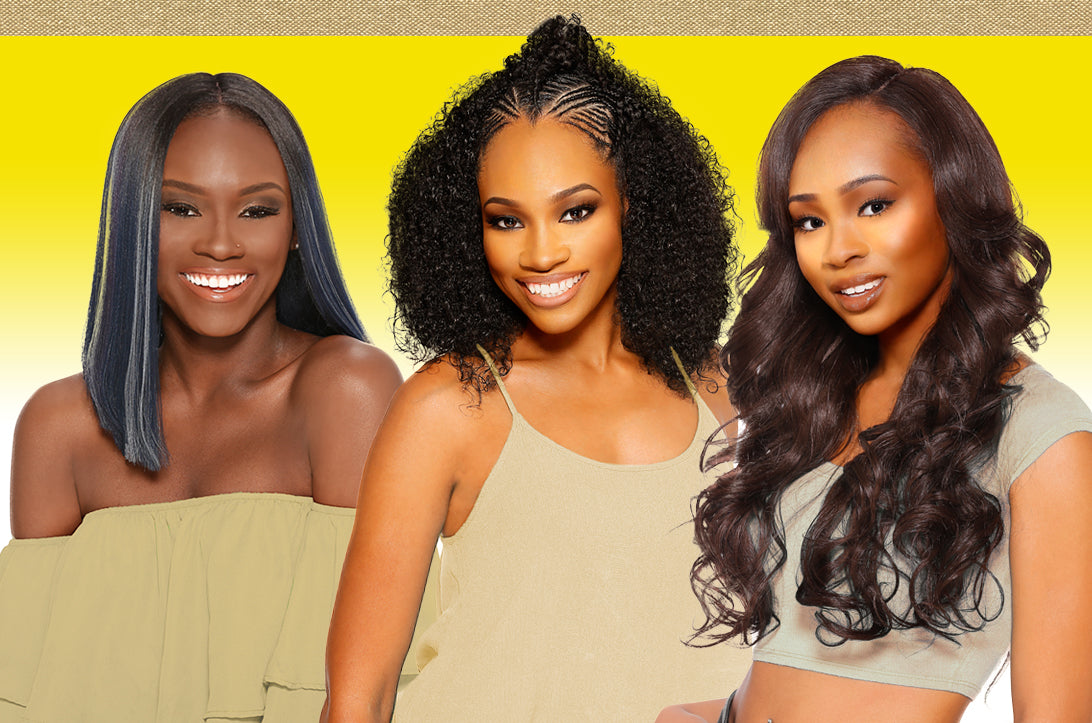


Hi Monica,
So happy to hear this! I truly appreciate your support for my Brand.
I went natural in 1997 and I remember the looks and little comments from family members who were scared to embrace their natural hair. I credit me not GAF to me educating myself BEFORE going natural, by going to the library and reading books about natural hair and how to maintain it. I have been natural ever since. I use your products and so do my three daughters (30, 21 and 18); who are also natural and has never had a relaxer put in their hair by me. My oldest use to relax her hair but now she is totally natural and so is her daughter. We all use your products!!